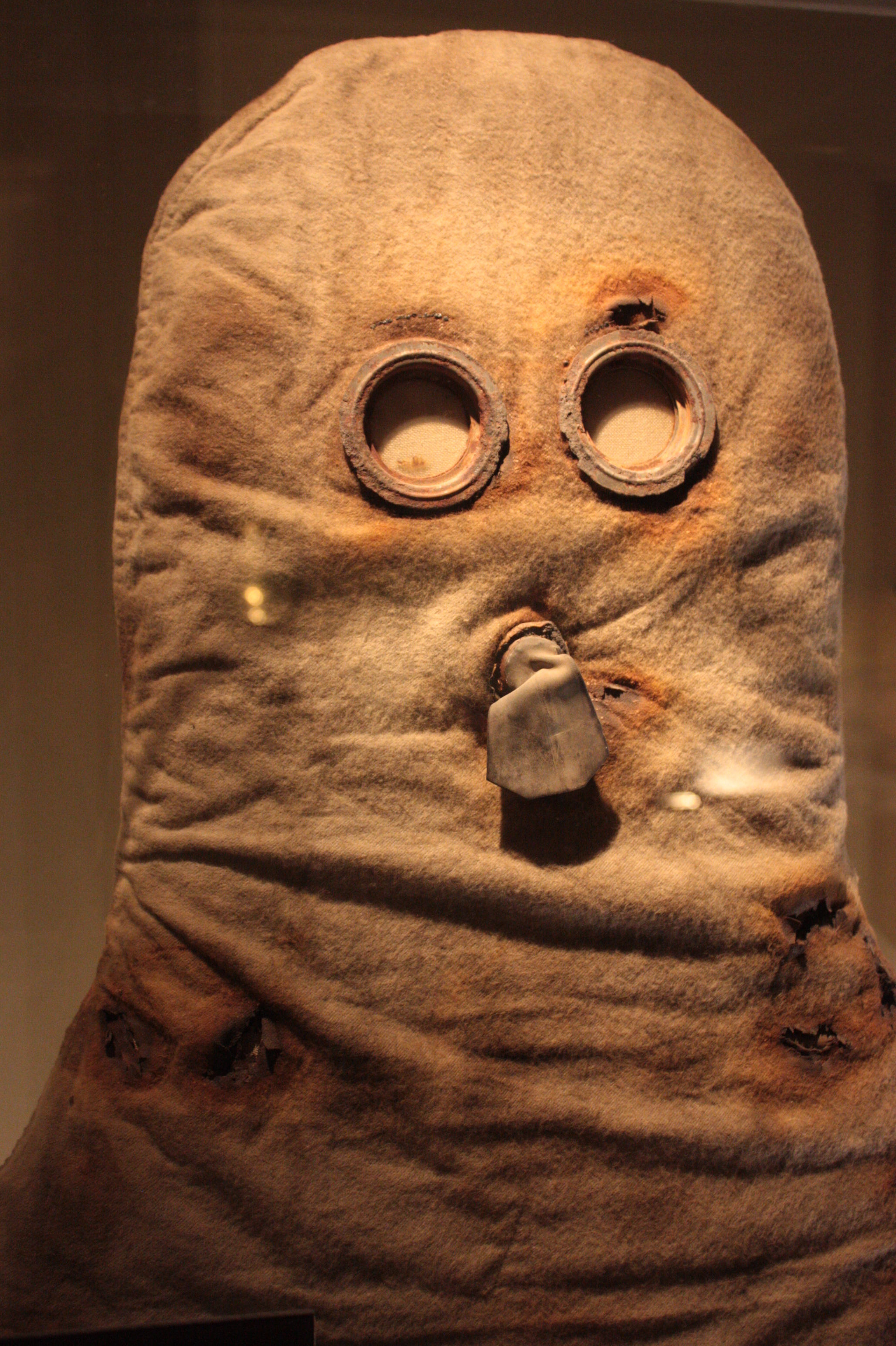|
M40 Field Protective Mask
The M40 field protective mask was one of various protective masks used by the United States Armed Forces and its allies to protect from field concentrations of chemical and biological agents, along with radiological fallout particles. It is not effective in an Oxygen deficiency, oxygen deficient environment or against ammonia. History The M40 was the result of a program in the 1980s to develop a successor to the M17 gas mask, M17-series protective masks which had been in service with the US armed forces since 1959. The M40 was to be a return to conventional protective mask design with an external side-mounted filter canister, rather than the internal cheek filters of the M17, which were awkward to change, especially in a contaminated environment. The final prototype, the XM40, was approved for service and then designated the M40. The M40 was phased into service with the United States Army, U.S. Army and United States Marine Corps, Marine Corps in the mid-1990s, with another ... [...More Info...] [...Related Items...] OR: [Wikipedia] [Google] [Baidu] |
Gas Mask
A gas mask is a mask used to protect the wearer from inhaling airborne pollutants and toxic gases. The mask forms a sealed cover over the nose and mouth, but may also cover the eyes and other vulnerable soft tissues of the face. Most gas masks are also respirators, though the word ''gas mask'' is often used to refer to military equipment (such as a field protective mask), the scope used in this article. The gas mask only protects the user from digesting, inhaling, and contact through the eyes (many agents affect through eye contact). Most combined gas mask filters will last around 8 hours in a biological or chemical situation. Filters against specific chemical agents can last up to 20 hours. Airborne toxic materials may be gaseous (for example, chlorine or mustard gas), or particulates (such as biological agents). Many filters provide protection from both types. The first gas masks mostly used circular lenses made of glass, mica or cellulose acetate to allow vision. Glass ... [...More Info...] [...Related Items...] OR: [Wikipedia] [Google] [Baidu] |
